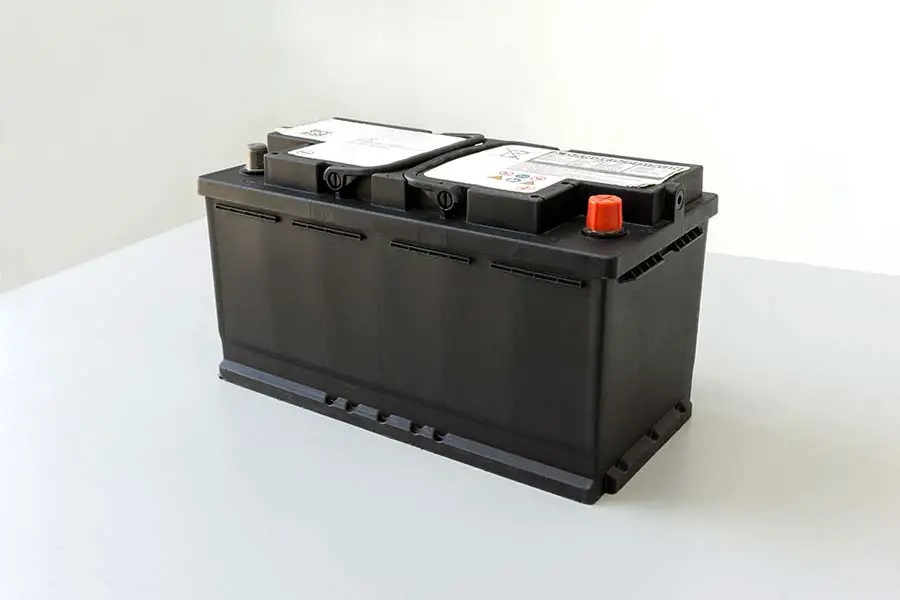AGM (Absorbent Glass Mat) batteries are a type of valve-regulated lead-acid (VRLA) battery. While they are designed to minimize the release of gas during normal operation, they can still produce some gas under certain conditions.
During charging, especially during the absorption stage of charging when the battery is reaching full capacity, AGM batteries can produce a small amount of gas, primarily hydrogen and oxygen. However, unlike traditional flooded lead-acid batteries, the design of AGM batteries with their absorbent glass mat separators helps to recombine the gases internally, reducing the amount of gas released into the atmosphere. This recombination process helps to maintain the internal pressure of the battery and minimize water loss.
Overall, AGM batteries are considered to be much less prone to gas release compared to flooded lead-acid batteries, and they are often chosen for applications where minimal gas emissions are desirable, such as in enclosed spaces or applications where ventilation is limited. However, it’s important to note that while AGM batteries produce less gas than flooded batteries, they still require adequate ventilation in their charging environments to ensure safety.


